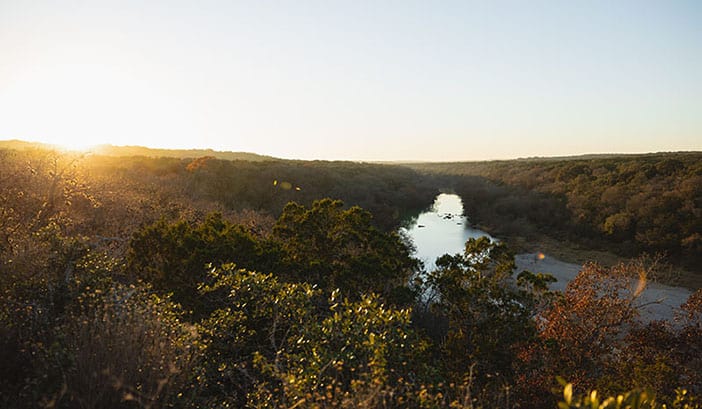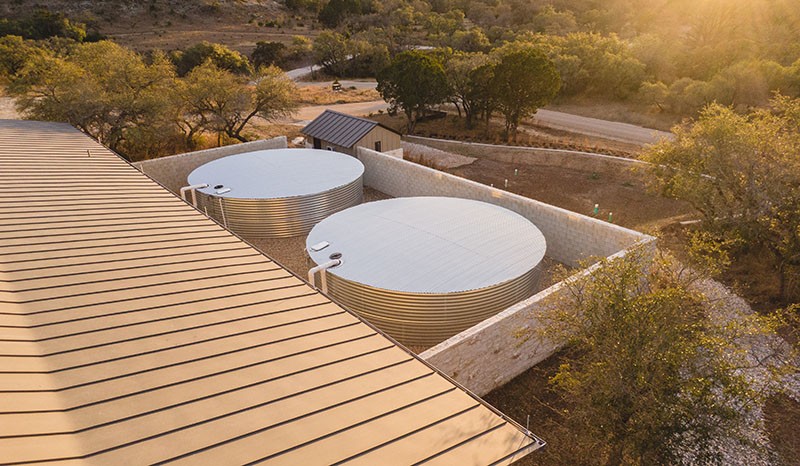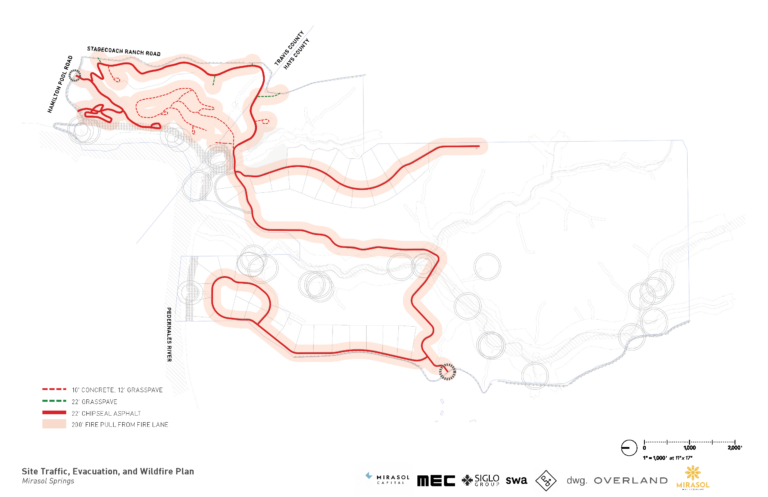Mirasol Springs
Mirasol Springs will set a new standard for environmentally focused Hill Country development.
Land Conservation & Restoration
Land conservation and ecological restoration of the land’s diverse ecosystem has driven the design approach at Mirasol Springs. With more than approximately 70% of the entire site placed in conservation, we aim to create robust, comfortable places for people to immerse, enjoy, view, engage, and learn about the importance of stewardship, land conservation, and the unique Hill Country landscape.
The site will honor the natural beauty of the land through active protection and management of native plant communities, wildlife habitat, sensitive environmental features, and cultural components including tree preservation, invasive species removal, and superior setbacks and buffers from sensitive environmental features.
“Our role as stewards should be to protect with caution and a full understanding of the land and its parts and processes, and to diligently work to restore, protect and preserve them as part of a perpetual commitment to create an environmentally focused development.”
– Matt Welch, Director of Conservation and Restoration
Land Stewardship
Responsible land development begins with an intimate knowledge of the land and its waters. As we embark on the next phase of land stewardship, we do so upholding a land ethic that extends well beyond the construction site and seeks to restore and increase biological diversity to the areas most impacted by those who preceded us. Mirasol Springs will strive to ensure environmentally thoughtful development and land conservation throughout the entirety of the project. Revegetation and reestablishing native plant diversity is fundamental to this objective. Intensive grassland restoration efforts have begun on over 20 acres of deep soil savanna near and around the farm, with a long-term objective to restore nearly 200 acres.
Our goal is to increase biodiversity, improve ecological function, remove and replace invasive species, improve soil health and its ability to absorb and store water, curb erosion and sediment flow, increase nutrient cycling, improve habitat functions, and mitigate hazards from flooding, wildfire and drought.

Agricultural Operations
The working farm is central to the Mirasol Springs experience but also fundamental to the land conservation on the property. The 2-acre plot will be a fully organic facility using a bio-intensive farming method designed to produce maximum yield on a small plot of land. Bio-intensive farming increases soil carbon and moisture absorption and retention, requires fewer inputs, and produces healthier, resilient crops with no need for harmful pesticides or fertilizers. Deeper soil, enriched with compost and other organic matter, supports a richer, more biodiverse root zone that serves in part to contain nutrients vital to crops but can be harmful to streams and rivers.
The bio-intensive method produces much more food per unit of land than traditional farming practices, reducing the agricultural footprint and soil disturbance. The farm will produce a significant surplus of fresh fruits and vegetables for food bank donations as well as establishment of a community supported agricultural subscription service that will provide weekly delivery of farm fresh food to local residents.
Landscape Restoration
The site will honor the natural beauty of the land through active protection and management of native plant communities, wildlife habitat, sensitive environmental features, and cultural components including tree preservation, invasive species removal, and superior setbacks and buffers from sensitive environmental features.
Work to restore the native Hill Country landscape has already started at Mirasol Springs with more plans for the future. Efforts are underway to begin eradicating two invasive, non-native species of grass, Australian bluestem and King Ranch bluestem, and restore those grasslands to native grasses and wildflowers. Both invasive species were originally introduced to the property as forage crops for cattle, and have established large, dense populations which have choked out the native biodiversity of the original grasslands.
We are working with restoration ecologists to trial experimental plots with different combinations of grazing, disking, mowing and seeding. Our goal is to establish the most effective methods for reviving native wildflowers and inviting pollinator species like native bees and butterflies back to the land. We understand that improving the ability of plant communities to filter and absorb water as it moves across the land while increasing biodiversity is perhaps the most important work we can invest in.
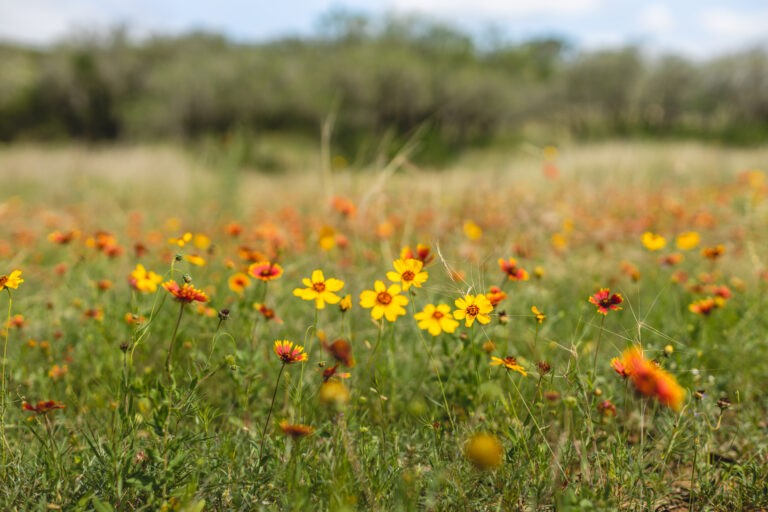
Other efforts to date include:
To benefit the wildlife and natural ecosystem, a significant investment of native seed blends of grass and flowering perennials have been planted across the property.
To enhance the deer and quail population, supplemental wildlife proteins and feed plots have been distributed around property.
Watering troughs and water guzzlers were added throughout Mirasol Springs to give wildlife a secondary water source other than the Pedernales River.
Multiple wildlife and bird counts have taken place on the property.
Numerous bat houses were added around canyon areas.
Mirasol Springs has established a water quality monitoring system to collect extensive data, continually comparing current data with baseline.
Two separate bee hive locations have been added for pollination of wildflowers and fruit trees.
Adopting the practice of salvaging topsoil from sites and replacing the soil and its seedbank to their respective sites after construction.
Continued salvaging and transplanting native grasses from development sites to be replanted along utility trench scars throughout the ranch.
Watershed Protection and
Storm-Water Runoff
We view the entire property on a watershed-scale, where every part makes up a large, complex whole. The ultimate goal is to maintain the hydrology of the environment in its current state. This will be accomplished through short-term construction site management strategies that include silt fencing, soil berms and wattles to prevent erosion and silting of nearby streams.
Mirasol Springs is consulting with two highly respected water quality engineering firms, and surface water hydrology and hydrogeologic firms, who have years of experience with Hill Country development projects. We have an extensive stormwater management plan in place to protect the water quality of Roy Creek and the Pedernales. There will only be a few homesites in the Roy Creek watershed, all with a 1,000-foot land buffer between the home Roy Creek. The engineers recommend allowing for the native vegetation and soil to act as a natural “filter,” as it has done for thousands of years, rather than trying to capture it and then release it from a pond or other structural water quality controls that would unnecessarily disrupt the natural character of the land.
Additionally, we have been, and will continue to collect extensive water quality data along various points of Roy Creek, as well as other springs and creeks on the property. We are monitoring chemical and environmental data including nitrogen and phosphorus levels, diatom communities, invertebrate surveys, turbidity, and stream flow prior to and during construction, and, thereafter in perpetuity, continually comparing current data with baseline. If the water quality has been altered at any point, we will know and respond immediately with corrective measures.
Our team is developing long-term guidelines for proper soil grading, soil preparation, and re-establishment of native plant communities within the construction site through seeding and transplanting. Considerations will also include restrictions on impervious cover to prevent run-off and divert water into the aquifer. We are attentive to the seasonal quantity of water flowing into a given waterway, and that any hydrology efforts will be informed by that natural system.
Water Use
Water conservation has been a central focus for Mirasol Springs since the planning process began. Our team recognizes the importance of this critical resource and the responsibility of designing a proactive water management system that will serve as a model for development in the Texas Hill Country.
Responsible water planning requires a conjunctive management of resources, maximizing use and investing in recycling or re-use concepts for both domestic demand and irrigation. Our team believes in maximizing the lifecycle of water through integrated use and eliminating waste. Open space dedication and low intensity development will also reduce the overall water requirements.
Mirasol Springs will utilize three different water sources:
Water Service Line + _
The West Travis County Public Utility Agency (WTCPUA) will provide potable water to Mirasol Springs through the extension of a 3-inch water pipeline. Mirasol Springs has agreed to not use groundwater or surface water from the Pedernales as a water source.
Reclaimed Water + _
Mirasol Springs will reclaim wastewater from the Inn, the Farm, the University of Texas Hill Country Field Station, and all homesites in a centralized collection facility that is aesthetically integrated into the landscape. There will be no septic systems. The facility will be equipped with technology for nutrient removal. The system will be designed to treat the effluent to TCEQ’s “Type I” standard to allow for beneficial reuse of the effluent for non-potable uses, and also will include design features limiting the levels of ammonia nitrogen and total phosphorus. Our objective is to reclaim as much of the effluent for irrigation uses as is possible. This wastewater will be treated and used to offset irrigation needs for the property and other non-potable uses. No potable water will be used for landscape irrigation. Our plans for beneficial reuse of the effluent completes the effort to maximize the lifecycle of water usage onsite. All wastewater will be collected and returned to a treatment plant. There will be no discharge into any creek or river.
Rainwater Harvesting + _
Rainwater collection from rooftops will be a requirement for larger structures constructed across the property, a practice that is already in use on the ranch. Deed restrictions for home sites will include water capture for irrigation purposes and guidelines for non-water intensive vegetative covers, water conservation-oriented landscapes and xeriscapes. Landscape irrigation on the home sites will be restricted to rainwater collection only; no potable water will be allowed for landscape use.
Mirasol Springs formed a municipal utility district (MUD) to enable the facilitation and execution of this water and wastewater plan. A MUD is a governmental entity subject to the same transparency standards as other forms of local government, such as open meetings and public information laws, that can provide a centralized, well-funded, and reliable range of facilities and services, including water, wastewater, flood control, parks, and roads, as opposed to developments that are served by a decentralized variety of public and private service providers.
The operation of MUDs are heavily regulated by state and federal law, including the Texas Commission on Environmental Quality (TCEQ); and because a MUD has taxing authority, it will have a long-term, consistent source of revenue to operate its facilities and provide services. The MUD will be governed by a board directors elected by Mirasol residents, who will have an incentive to ensure that the MUD operates as a good steward of environmentally responsible development.
Traffic, Evacuation and
Wildfire Management
As part of the entitlement process for this project, coordination with Travis and Hays County are required to evaluate the traffic and transportation aspects of the proposed development. The traffic study has been approved by local permitting organizations.
We have also met with Lake Travis Fire and Rescue to create a robust wildfire management plan. Mirasol has undertaken its own plan for the last few years and will now coordinate with Lake Travis Fire and Rescue on a collaborative plan.
Dark Skies
For years the Hill Country has seen expanded light pollution from Austin and the surrounding region. At Mirasol Springs we will follow guidelines set forth by the Dripping Springs Dark Sky Ordinance and best practices by the University of Texas McDonald Observatory in Fort Davis, Texas, a leader in dark sky initiatives for both industry and residential settings.
All of these recommendations will be observed at Mirasol Springs, from walkway lighting to street illumination, ensuring that light pollution is removed from the environment to create a hospitable setting for astronomy. Mirasol Springs investment in dark skies initiatives will also create a wonderful setting for stargazing events as a hospitality offering for visitors.
Their core recommendations include:
Installing fully shielded light fixtures
Aiming lights down to keep all light on your property
Having lights on only when they need to be
Using lower wattage LEDs with “warm” or “amber” color
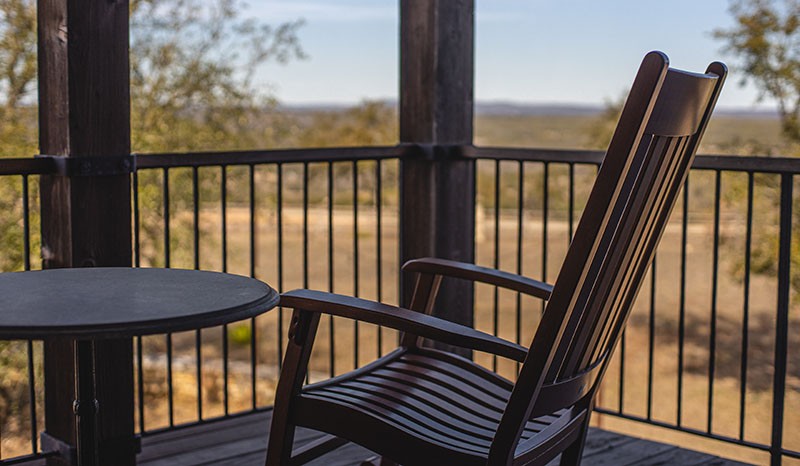
Low Density Residential Planning
Mirasol Springs has been intentionally designed with unusually low-density residential layout to meet the vision of the project. Urban sprawl from Austin and surrounding cities has long been a concern of local residents in the immediate region. Mirasol Springs, as proposed, would achieve ideal development to land preservation ratios for generations in the future and meet our vision. The 1,000 acre conservation easement will allow residents to hike and bike on trails directly adjacent to their homes, explore, and engage in star gazing and other outdoor activities.
Architectural Guidelines
All properties on the site will be covered by deed restrictions. The Architectural Control Committee will enforce the deed restrictions to ensure projects are uniquely compatible with the environment. The intention will be to create precedents that embrace the character of the Hill Country, where building and nature blend together as one experience. These guidelines will include the approval of home placement within a site and architectural and landscape design.
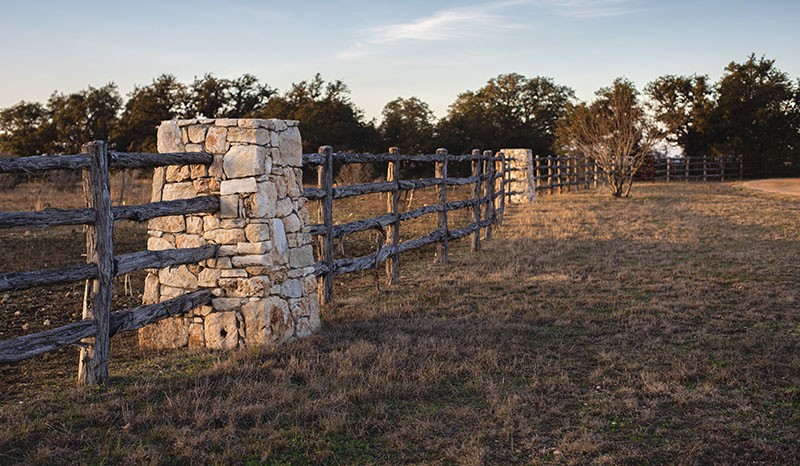
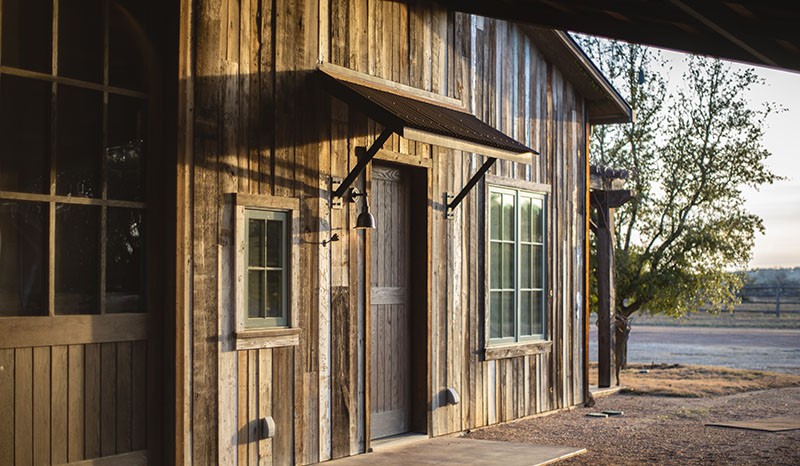
Development Timeline
The first phase of development, which includes the permitting and entitlement process is underway. Construction is expected to begin in the Spring of 2027.
About Mirasol Springs


